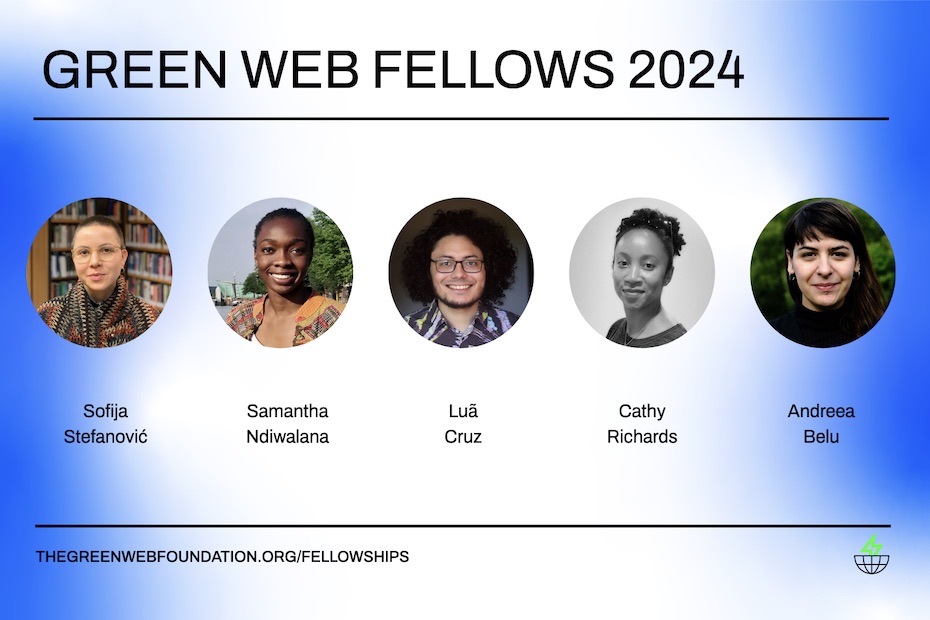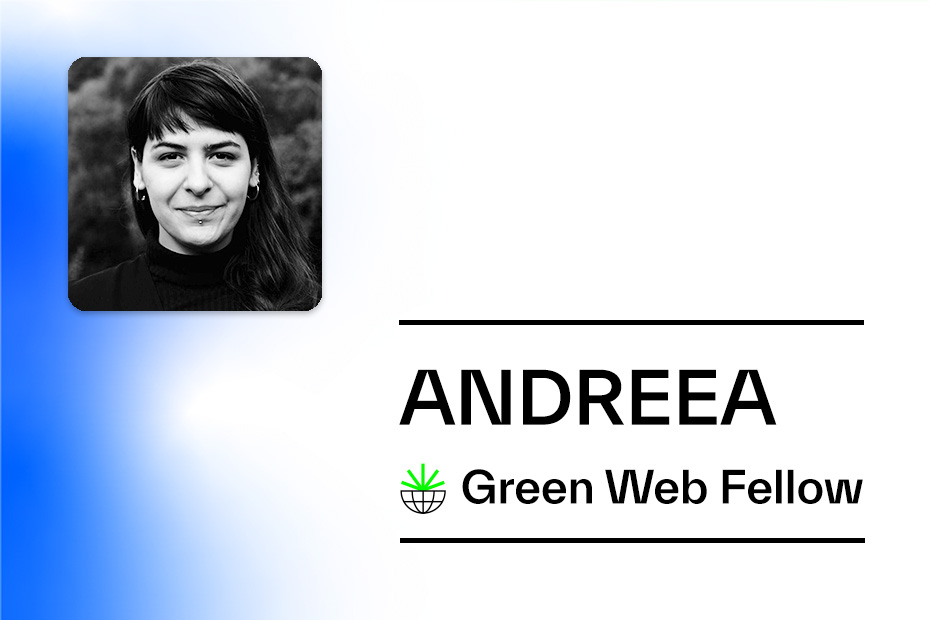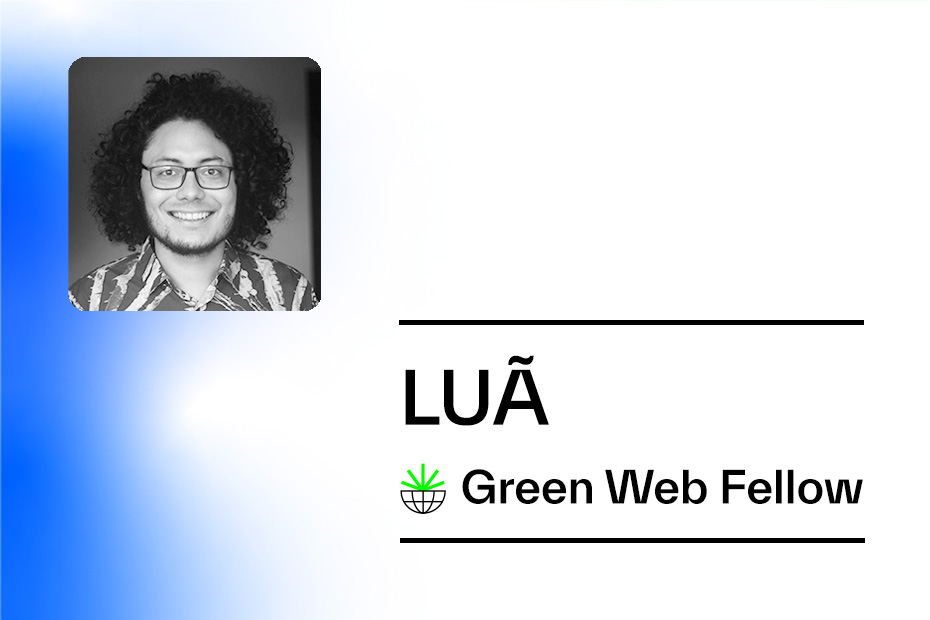As part of the Green Web Fellowship program, we’re hosting a capacity building workshop with the wonderful Beatrice Martini. In it, she grounded us in a capacity building framework and introduced the idea of backward design.
As part of the workshop, I shared why we wanted to create a syllabus in the first place. This article by Graziano, Valeria & Mars, Marcell & Medak, Tomislav. (2019). LEARNING FROM #SYLLABUS. really helped articulate it:
Why are we making a #GreenWebSyllabus? (might not actually be the final name)
- A practice from antiracist and feminist activism. To dismantle canons, to unlearn, to coordinate and self-organize
- At a minimum, it’s a list and a hashtag. Examples: #FergusonSyllabus, #StandingRockSyllabus, Decolonizing Technology reading list
- “The pedagogy of preparing teaching materials” (Bob Moses). In the lineage of pedagogical tools created by social movements to support self education and political transformation. By preparing teaching materials, we are learning ourselves.
- Syllabus as a relational, living document Seeing a #syllabus as webby object that acknowledging its own position within a living field of knowledge, not self-contained, and able to be forked in a family tree and trace mutations.
In the workshop we also discussed:
- Who are the individuals and communities you strive to empower with your work?
- What is the change you want to contribute to through your capacity building vision?
And before next week’s session, we’ll:
- Identify (up to 3) individuals who represent the actual stakeholders of the first layer in our capacity building
- Engage them in a 1:1 conversation to learn:
- How their contexts/ operations/ vocabulary differ from each other
- What are their capacity building goals within the chosen field of knowledge and practice? What are the skills that would motivate them to learn and why?
Looking forward to the next session!



